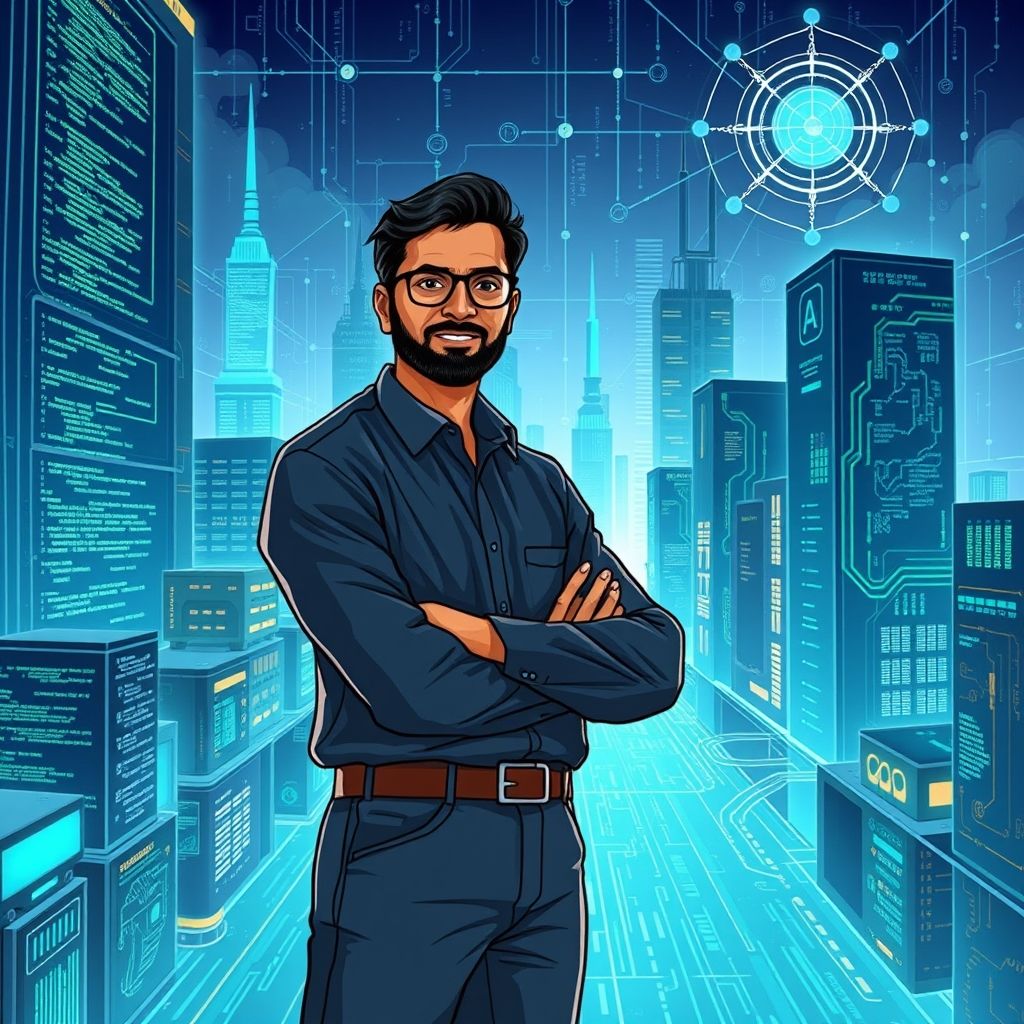Software. It’s everywhere. And it’s usually broken. In 2024, we collectively threw over $5 trillion at IT, a cool trillion of that on enterprise software. Guess where a massive chunk of that cash went? Trying to unbreak the damn thing. Quality assurance and testing. Fun times.
Enter Gopinath Kathiresan. He doesn’t just find bugs; he automates their demise. Sixteen years deep in this digital swamp, he’s a senior quality engineering manager at a Silicon Valley behemoth, wielding automation like a digital Excalibur.
Forget manual testing. That’s like using carrier pigeons to deliver your code. Slow. Error-prone. And frankly, a bit sad. Gopinath champions automation frameworks that let devices chat seamlessly, run tests in parallel at ludicrous speeds, and deploy updates without setting the whole system on fire.
Parallel Universes of Testing
Think of traditional testing as a single lane road. Cars (tests) line up, inch forward. One breakdown, and the whole thing grinds to a halt. Parallel execution? It’s like building a thousand-lane superhighway. Suddenly, that cross-country trip takes minutes. Gopinath’s strategies have shrunk validation times from days to hours, allowing for defects to be identified earlier. This saves time and resources, which can be spent on things that are important, such as buying more coffee.
Parallel testing isn’t just about speed; it’s about realism. Software must function across an absurd number of devices and operating systems. Gopinath notes that the ability to test in parallel accelerates releases and ensures that real-world conditions are effectively simulated.
Scaling Mount Automation
Scaling automation is the Everest of software quality. Test automation might purr along nicely in isolation, but expanding it across teams, products, and workflows requires strategy… and maybe a Sherpa or two. Gopinath architects automation frameworks that are modular, reusable, and easily integrated.
“A scalable automation strategy must be built with flexibility in mind,” he says. “It should support multiple programming languages, integrate seamlessly with CI/CD pipelines, and provide clear reporting mechanisms. The goal should be to make automation a natural part of the development process rather than an afterthought.”
AI: The Bug Terminator
AI is turning quality engineering upside down. Gartner predicts AI-driven testing will slash test maintenance efforts by 80% by 2026. That’s a lot of saved keystrokes (and sanity). Machine learning can predict defects, self-healing scripts adapt to UI changes, and AI prioritizes testing based on risk. It’s like having a bug-sniffing robot with a PhD.
“AI is the next frontier in automation,” Gopinath declares. “It’s shifting the industry from reactive to predictive. Testing won’t just be about finding bugs—it will be about preventing them altogether.” Imagine a world where software doesn’t crash every Tuesday. A utopia, perhaps.
AI analyzes past defects, test patterns, and system behavior to pinpoint high-risk areas and optimize testing. It’s intelligence-driven, reducing redundant testing and focusing on user experience.
“One of the most promising applications of AI in testing is self-healing automation,” Gopinath adds. “Test scripts that adapt to UI changes without manual intervention significantly reduce maintenance overhead. This would be a game-changer for teams working in fast-paced development environments.” Code changes? No problem. The AI adapts. Humans rejoice (slightly).
The Inevitable Future
Software is only getting more complex. User expectations are skyrocketing. Automation in quality engineering isn’t a luxury; it’s a necessity.
Gopinath Kathiresan’s journey proves that automation can transform an industry. He’s pushing the boundaries of what’s possible, one automated test at a time.
“Automation isn’t just about efficiency—it’s about reliability, scalability, and innovation,” Gopinath concludes. “The companies that master automation and AI-driven quality assurance will lead the future of software engineering.” So, either get on board, or prepare for your software to be eaten alive by bugs. Your choice.



Leave a Reply